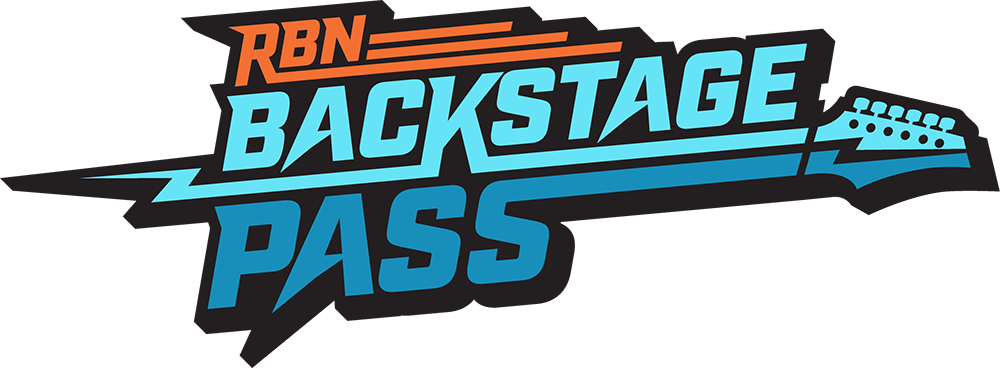The push to develop local sources of frac sand — and significantly reduce well-completion costs in the process — started in the Permian Basin, but it didn’t end there. A number of new sand mines are being opened and developed in the Eagle Ford in South Texas, and there are early signs the same is happening in the SCOOP/STACK in Oklahoma. With local sand eliminating the need for rail deliveries and rail-to-truck transloading terminals, sand and logistics companies are streamlining the delivery and management of frac sand by providing integrated mine-to-well-site proppant services. Today, we discuss recent developments on the frac sand front and what they mean for exploration and production companies in key plays.
Frac sand plays a critically important role in the Shale Era. Hydrocarbon production in shale and tight-oil plays is founded on a combination of horizontal drilling and hydraulic fracturing. Frac fluids and proppant (now primarily natural sand, but also a bit of ceramics and resin-coated sand), when forced out of the horizontal portion of wells at high pressure, fractures openings in the surrounding shale. When the pressure is released, the fractures attempt to close but the proppant contained in the fluids keeps them open, making a ready path for oil, gas and NGLs to flow into the well bore.
The significance of natural frac sand accessibility and cost has only increased in the past two years as E&Ps have ratcheted up their drilling activity, the volume of sand they use in each well completion as they have moved to slickwater designs and their efforts to rein in drilling and completion costs — and thereby trim their break-even prices and improve their bottom lines. We’ve discussed the frac sand issue in a number of blogs, beginning with our “Wipe Out!” series. In Part 1, we noted that the trends toward longer and longer laterals and higher-intensity completions are goosing efficiency and profitability and driving increased sand use. In Part 2, we discussed the evolution of frac sand use, including shifts in the types of sand that were traditionally preferred and in the volume of sand being used in each well. Next, in Part 3, we zeroed in on trends in frac sand demand and pricing, and on the development of regional and local frac sand mines (mostly in and around the Permian) to reduce transportation costs. We also put rising frac sand costs into an economic context, concluding that while those costs are a concern, they are usually outweighed by the oil-and-gas production gains (and resulting higher revenue) that result from using more sand. (That’s especially true lately, with crude oil prices north of $65/bbl.)
Join Backstage Pass to Read Full Article







